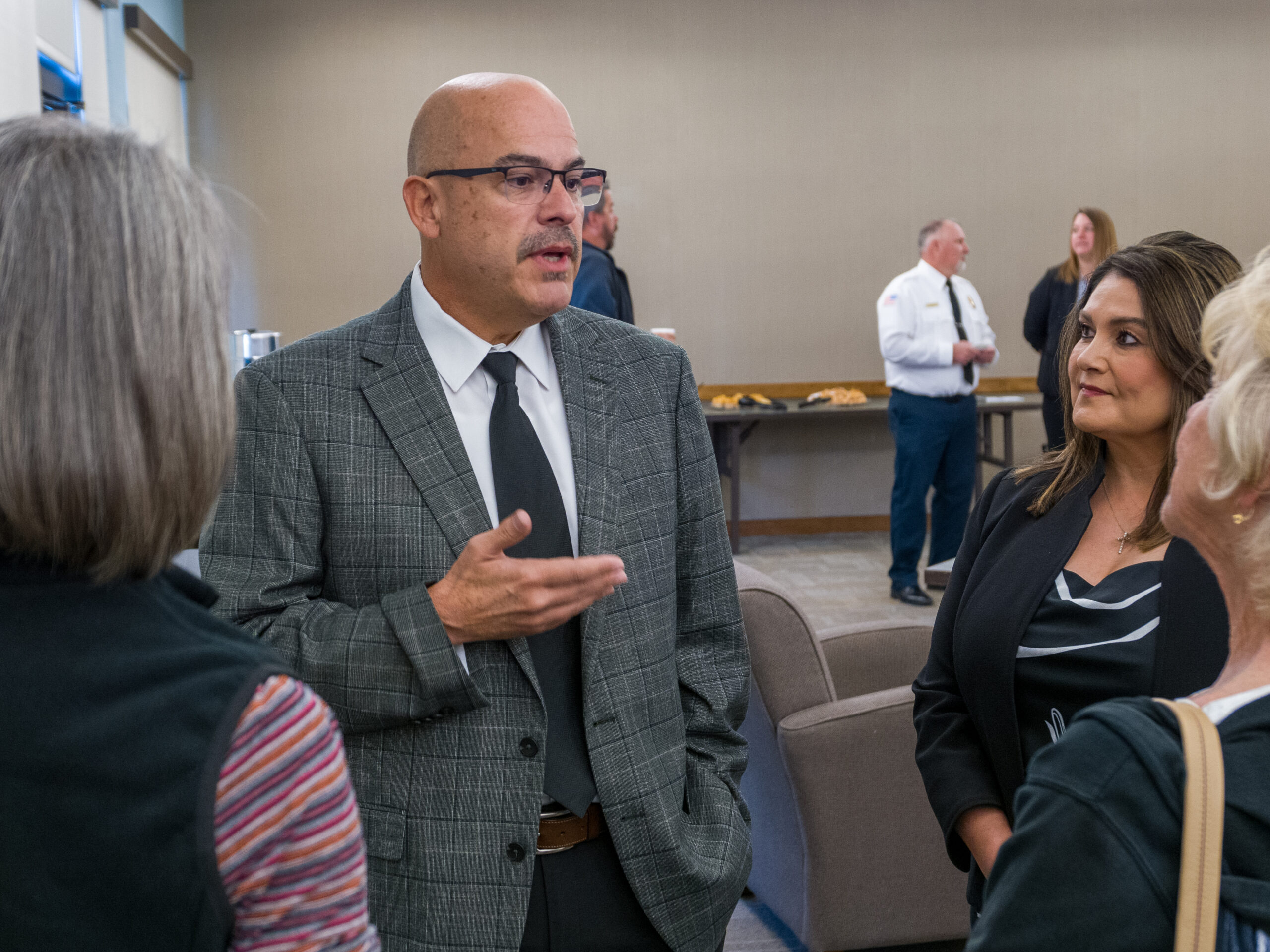“My uncle, Lt. Cmdr. Solomon S. Isquith, was the engineering officer and the senior officer on board the battleship USS Utah [BB-31/AG-16], a World War II battleship converted to a target ship for aerial bombing practice, when, at 8 a.m. that Sunday morning, Dec. 7, 1941, two Japanese torpedoes crashed into Utah’s port side,” writes Sedona resident David Isquith, a retired U.S. Navy captain.
In T.J. Cooper’s book, “The Men of the USS UTAH [BB-31/AG-16] The Forgotten Ship of Pearl Harbor,” he describes the torpedoing and sinking of the Utah, its rolling over, and the heroic actions of officers and crew.
Although the first U.S. Navy ship sunk by Imperial Japanese Navy torpedo bombers, the Utah sinking was overshadowed by the spectacular explosion and huge loss of life in the sinking of the USS Arizona [BB-39]. Thus, the Utah was termed the “Forgotten Ship of Pearl Harbor” by Cooper.
Like the previous Delaware-class battleships, the USS Utah and her sister USS Florida carried 10 12-inch gun in five twin, center-line turrets. Displacing 23,000 tons, Utah could make 21 knots on steam turbines.
The Utah engaged in her first combat action off Veracruz, Mexico, in April 1914, when 6,000 U.S. Marines and sailors invaded the port city and occupied it for seven months during the Mexican Revolution.
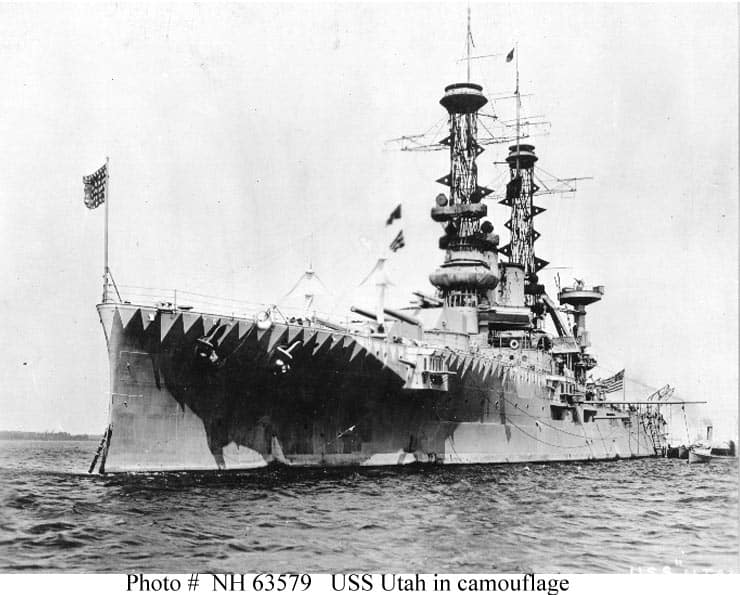
The Utah was later a convoy escort after the U.S. entered World War I in 1917. The Utah became the flagship of the Sixth Battle Squadron, ferried President Wilson to France to participate in the negotiations that led to the Treaty of Versailles and remained active after the war serving as flagship of U.S. warships in Europe until 1922.
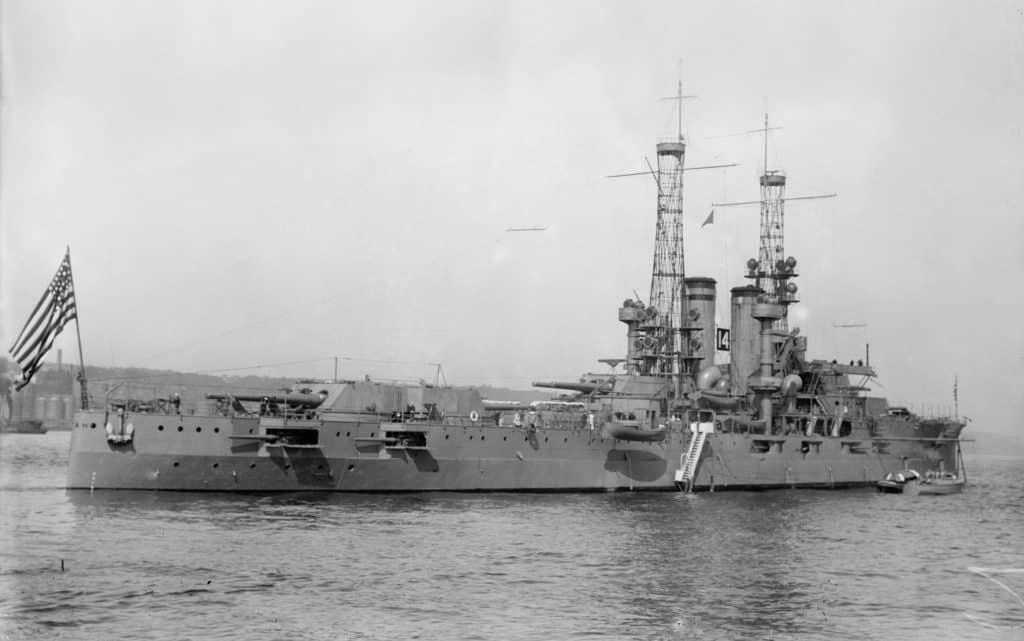
“Her services remained in demand during the interwar period,” according to Robert Farley, of the Center for the National Interest. “In 1924, she hosted General John Pershing on a goodwill tour of South America. In 1925, she went into modernization, receiving refurbished oil-fired boilers, losing her aft cage mast, getting a suite of anti-aircraft guns, and an aircraft catapult. In 1928, she took a second cruise to South America, hosting President-elect Herbert Hoover.”
According to the terms of the London Naval Treaty of 1930, Utah was converted into a radio-controlled target ship. On 1 July 1931, Utah was redesignated from BB-31 to AG-16. All of her primary and secondary weapons were removed, though her turrets were still mounted.
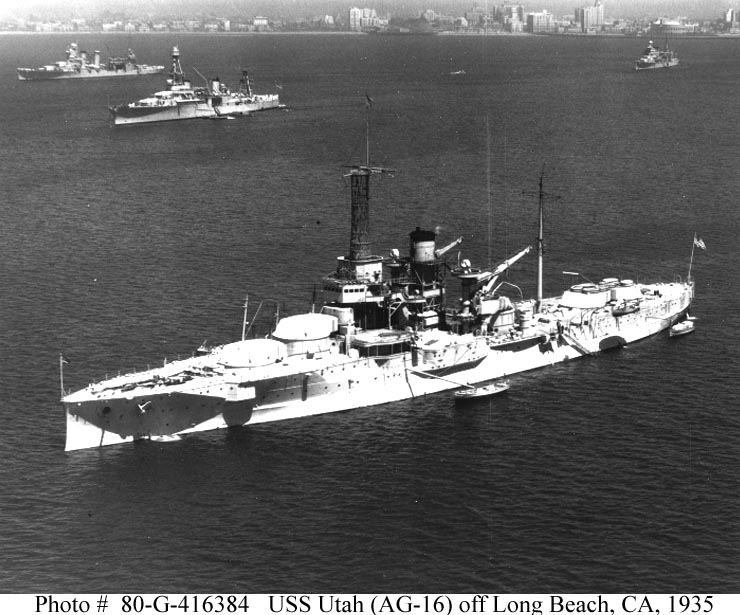
The ship was modified to train anti-aircraft gunners and equipped with a new 1.1-inch (28 mm)/75 caliber anti-aircraft gun in a quadruple mount, in addition to her target duties as a bombing target for pilots and battleship gunnery crews. In April 1941, 5-inch (127 mm)/38 caliber dual-purpose guns in single mounts were installed to improve her ability to train anti-aircraft gunners.
It was early Sunday morning, Dec. 7, 1941 when the Imperial Japanese Navy struck Pearl Harbor. The attack by the Imperial Japanese Navy fighters and torpedo planes was based on the location of U.S. Navy ships at Pearl Harbor prior to our carriers putting to sea, provided by spies.
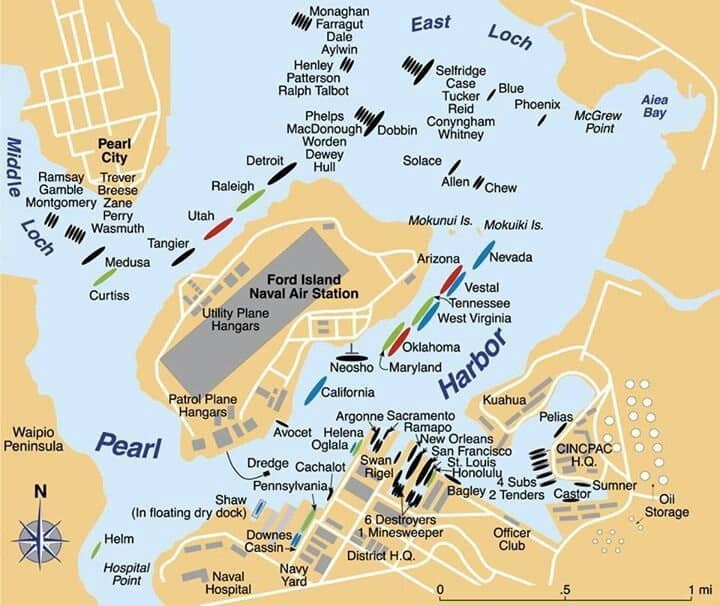
Absent Aircraft Carriers
None of the U.S. Navy’s seven active aircraft carriers were at Pearl Harbor on Dec. 7.
- In order to augment the air defenses for Midway Island, USS Lexington [CV-2] departed Pearl Harbor on 5 Dec with 18 Vought SB2U-3 Vindicators of Marine Scouting Bombing Squadron Two Thirty One (VMSB-231) aboard. Along with the heavy cruisers USS Chicago (CA-29), USS Portland (CA-33) and USS Astoria (CA-34) and five destroyers, the Lexington formed Task Force 12.
- In order to augment the air defenses for Midway Island, USS Lexington [CV-2] departed Pearl Harbor on Dec. 5 with 18 Vought SB2U-3 Vindicators of Marine Scouting Bombing Squadron Two Thirty One [VMSB-231] aboard. Along with the heavy cruisers USS Chicago [CA-29], USS Portland [CA-33] and USS Astoria [CA-34] and five destroyers, the Lexington formed Task Force 12.
- On Dec. 7, USS Saratoga [CV-3] was just entering San Diego after an interim dry docking at Bremerton, Wash.
- USS Ranger [CV-4] was returning to Norfolk, Va., from an ocean patrol extending to Port-of-Spain, Trinidad, British West Indies when the Japanese attacked Pearl Harbor.
- USS Yorktown [CV-5] was at Norfolk, Va., on Dec. 7.
- USS Enterprise [CV-6] departed Pearl Harbor on Nov 28n a mission to deliver 12 Grumman F4F-3 Wildcats of Marine Fighting Squadron Two Eleven [VMF-211] to Wake Island. The Enterprise, with the accompanying three heavy cruisers and nine destroyers, comprised Task Force 8 [TF 8]. The Marine fighters were launched on Dec. 2 when the Enterprise was 75 miles [120 km] north of Wake Island. he then turned east and headed back to Pearl Harbor where she was due to arrive on Dec. 6. Due to a storm, Vice Adm. William Halsey, commander of TF 8 in Enterprise, ordered reduced speed thus delaying the carrier’s arrival at Pearl Harbor until Dec. 7.
- USS Wasp [CV-8] was at anchor in Grassy Bay, Bermuda, on Dec. 7.
- Based at Norfolk, Va., USS Hornet [CV-9] was undergoing training cruises during December 1941.
- USS Long Island [AVG-1], an auxilliary aircraft carrier, was based at Norfolk, Va., on Dec. 7.
- There were four aircraft carriers under construction: The USS Bon Homme Richard [CV-10], later named USS Yorktown after USS Yorktown [CV-5] was sunk at the Battle of Midway in June 1942; USS Intrepid [CV-11]; USS Cabot [CV-16], renamed USS Lexington after USS Lexington [CV-2] was sunk at the Battle of the Coral Sea in May 1942; and USS Bunker Hill [CV-17].
The USS Utah attacked
The Utah was moored at an aircraft carrier pier off Ford Island and northwest of Battleship Row and was mistaken by Japanese torpedo bombers to be an aircraft carrier, because of removal of the ship’s large guns and thick planking on Utah’s deck to absorb the shock of practice bombs.
The commander of the Japanese torpedo bombers recognized Utah’s demilitarized condition, and instructed his pilots to attack other targets. Nevertheless, six torpedo bombers initiated runs on Utah, hitting her with two torpedoes at around 8 a.m.
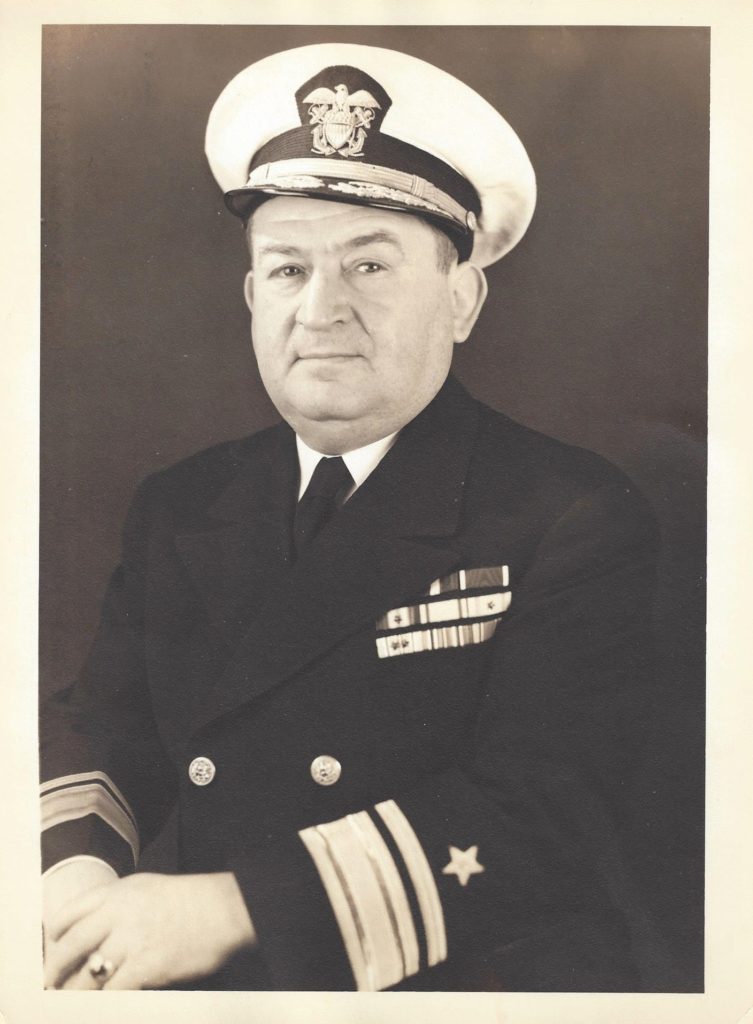
Fortunately, a good portion of the Utah’s crew, officers and enlisted, were on liberty and the ship’s engineering officer, Lt. Cmdr. Solomon S. Isquith was the senior officer onboard.
Isquith was a member of the U.S. Naval Academy Class of 1920 — but the class was graduated a year early due to World War I, and served in the Far East and European areas in various combatant ship types during that war.
Upon the first torpedo exploding into Utah’s side and the ship taking on water, Isquith sent the crew at Battle Stations to secure the ship and assess the damage.
When the Utah was torpedoed and started to flood, Isquith ordered the crew to abandon ship and take shelter on shore from strafing aircraft. When the crew — officers and enlisted who had not been killed in the attack — were off the ship, Isquith escaped through a porthole, as Utah keeled over.
Once clear of his ship and ashore, he organized a team of survivors and, while under fire from enemy aircraft, crossed the harbor in a small boat to ships that had “turned turtle,” or capsized, and, with an acetylene torch, cut holes in hulls to allow four trapped crew members to escape.
Only 58 of the Utah’s 417 crew members died.
For his heroism, Isquith was awarded the Navy Cross, the highest award for valor in the U.S. Navy, as well as the Purple Heart for his injuries, and was promoted to the rank of commander.
After the attack on Pearl Harbor, now-Cmdr. Isquith was appointed as the base salvage officer, responsible to salvaging ships that had sunk or capsized, for which he was “written up” for the Bronze Star.
Engineers attempted to refloat the Utah, but efforts failed and the warship sank further into the water, where it remains. As it was a decommissioned warship prior to the attack, there was little military value to refloating it.
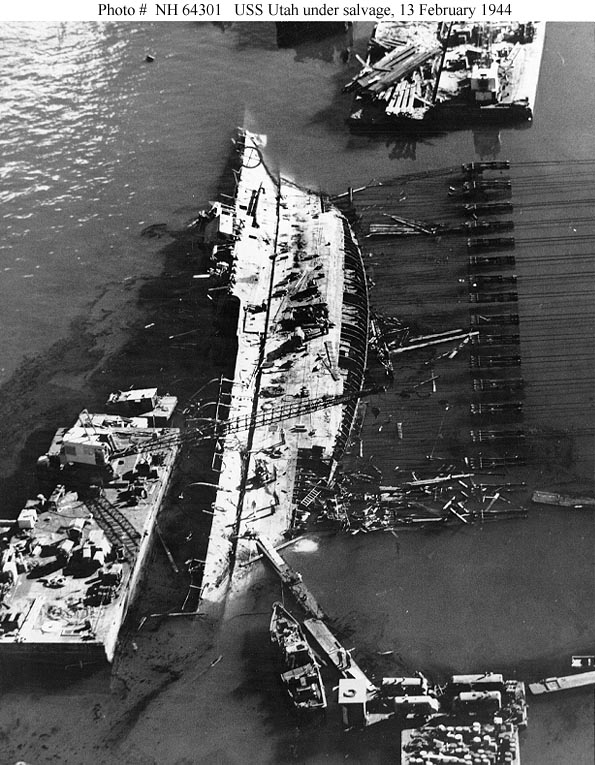
He later served on battleships and the commanding officer of several destroyers in Pacific operations.
Following Pearl Harbor, Commander Isquith served on battleships and destroyers, and commanded the destroyer, USS Tattnal [DD-125], in the Pacific operations against Japanese-held islands. He was promoted to Captain and, then to the flag ran rank of Commodore, in the troop ship USS Noble [APA-218].
He was ultimately promoted to the two-star rank of rear admiral and given the job of commander of the Brooklyn Naval Ship Yard prior to his retirement after 30 years of service.
Isquith was a major fundraiser for war bonds and the lead spokesman for the American Jewish war veterans, personally meeting with Jewish luminaries as David Ben-Gurion, founder of the State of Israel and its first prime minister of Israel.
In 1953, Rear Admiral Isquith and five other WWII and Korean War veterans, each who had been awarded their service’s highest honors for valor, were nominated by members of the U.S. Congress for an upgrade to the Congressional Medal of Honor. After seven years of review by the Board of Medals and Decorations, only one nominee, a Korean War veteran who won the Silver Star, not the Distinguished Service Medal, received the CMO.

Today, there are two war memorials at Pearl Harbor, Hawaii: One for the battleship USS Arizona [BB-39] and the other for the battleship USS Utah [BB-31/AG-16] .
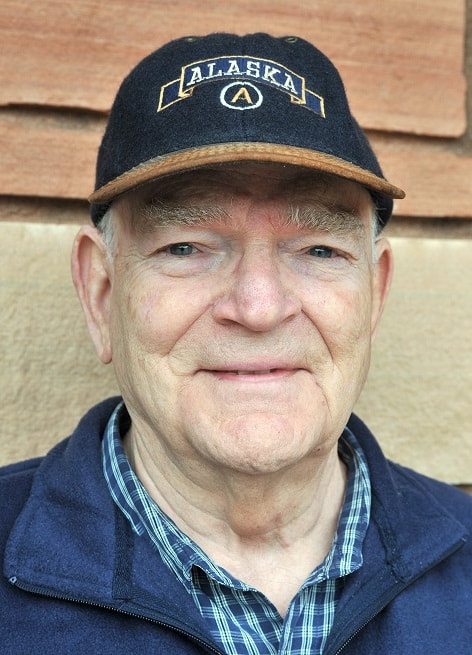
Sedona resident David Isquith retired from the U.S. Navy with the rank of captain after 27 years of service. Tuesday, Dec. 7, 2021 is the 80th anniversary of the Japanese attack on Pearl Harbor that prompted the United States to enter World War II.



